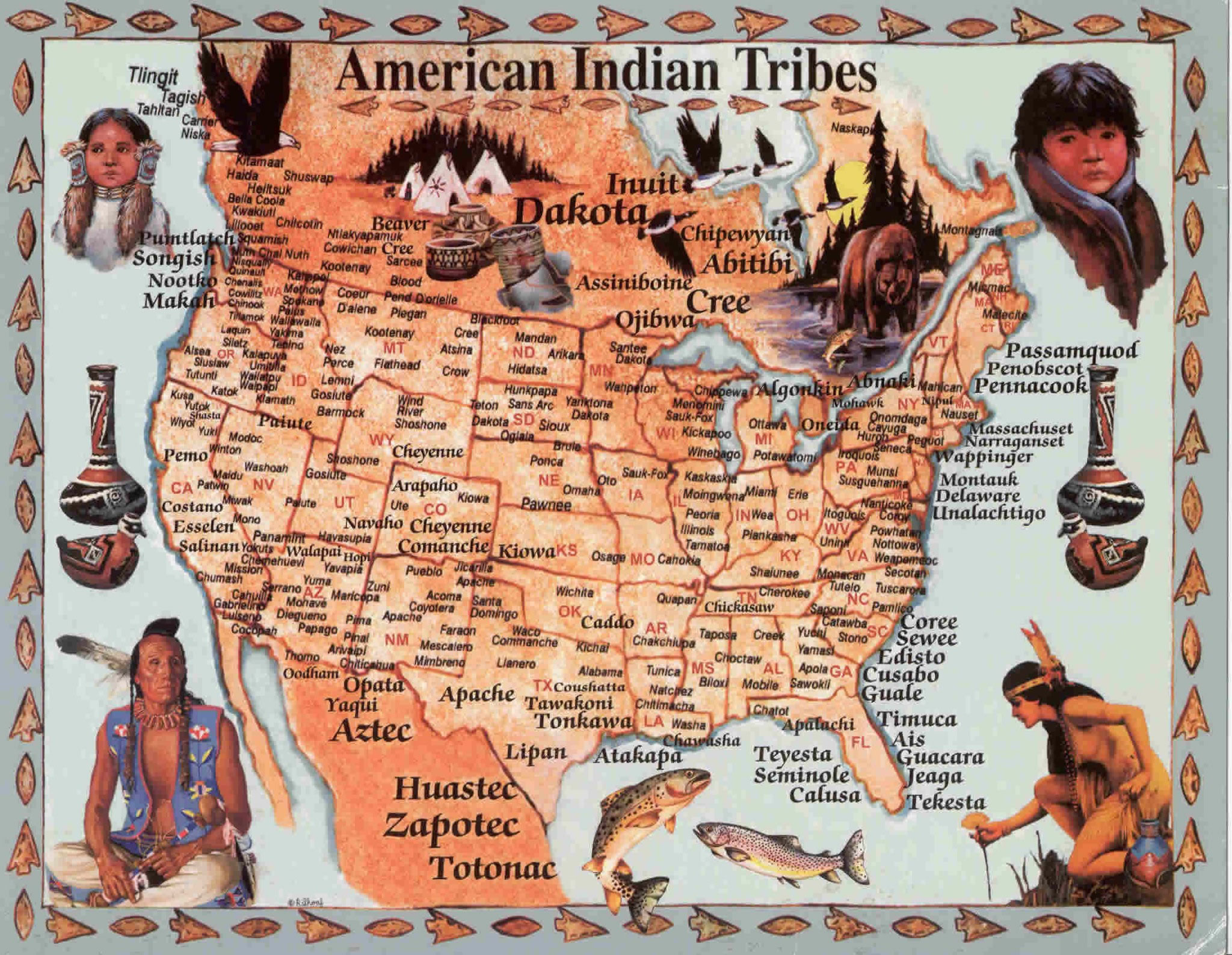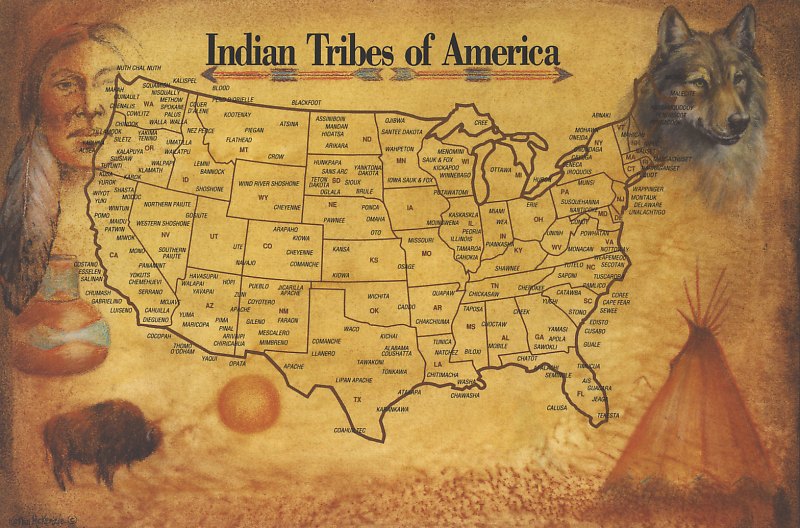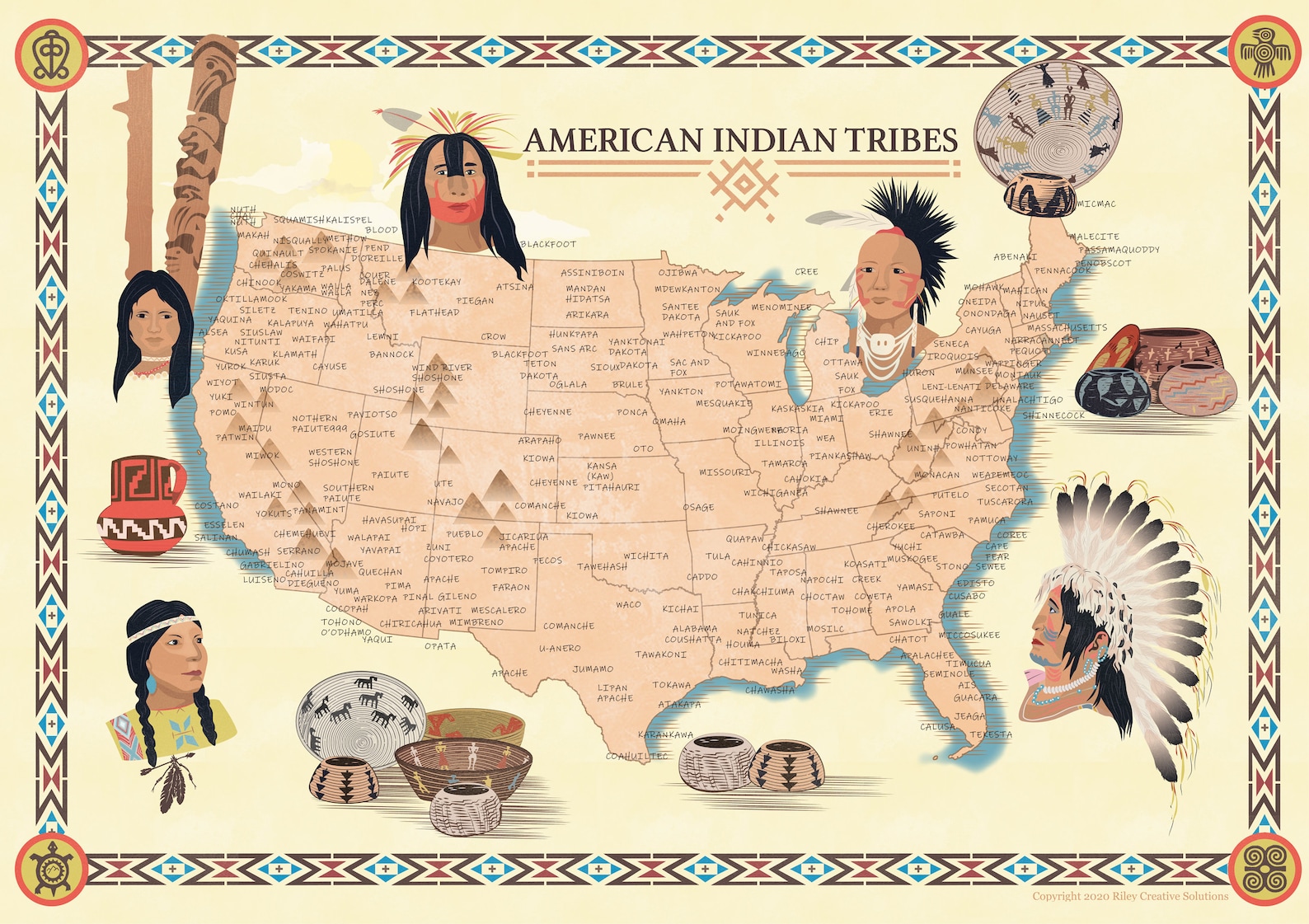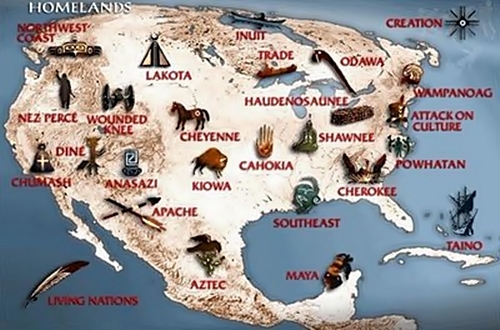List Of Tribal Lenders In Usa
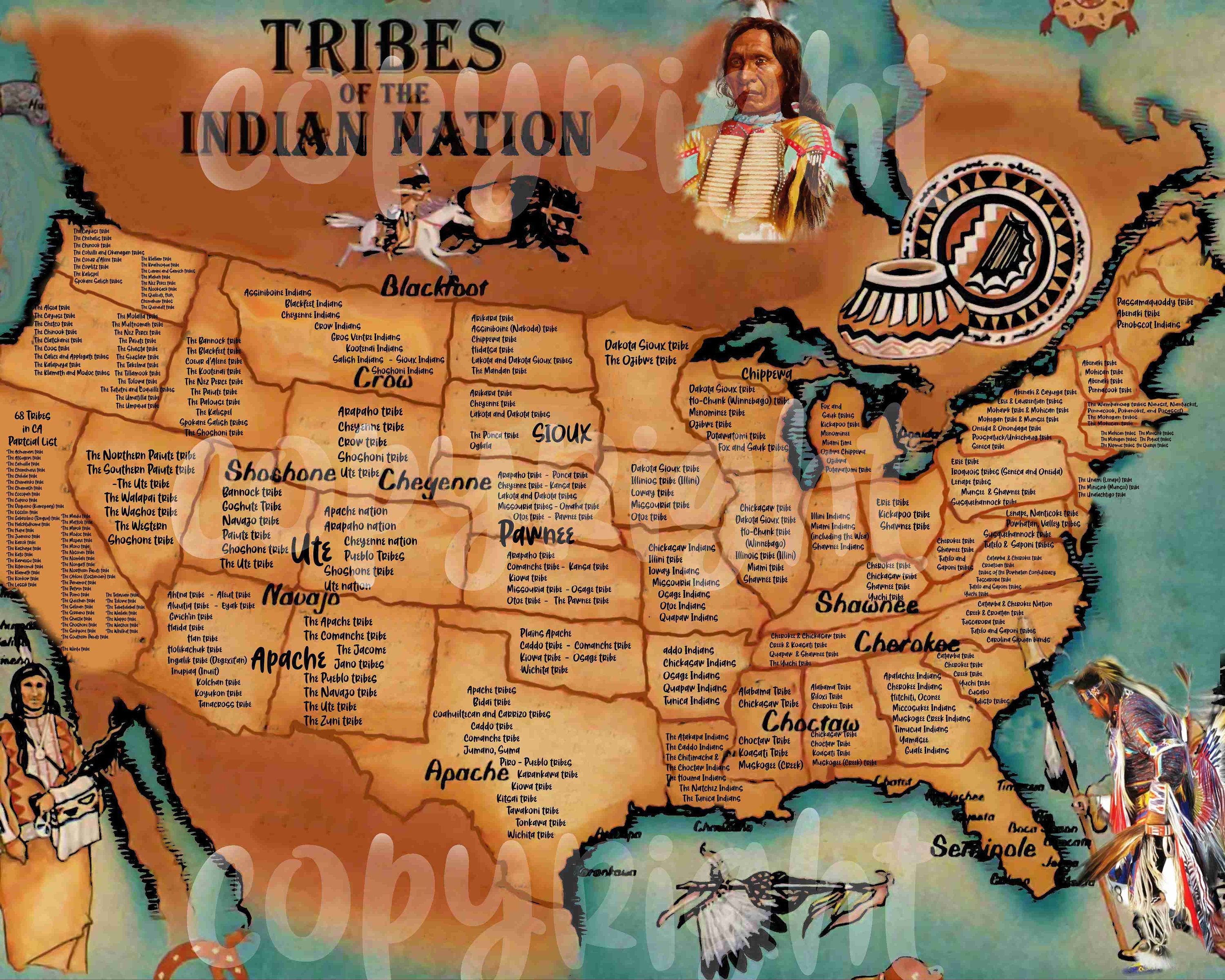
The promise of quick cash with minimal credit checks has lured countless Americans into the complex and often murky world of tribal lending. These lenders, operating under the guise of sovereign immunity, often offer short-term, high-interest loans that can quickly trap borrowers in a cycle of debt. Understanding the landscape of tribal lending requires navigating a web of legal and ethical considerations, a task made all the more challenging by the industry's inherent opacity.
This article delves into the landscape of tribal lending in the U.S., clarifying the concept of tribal lending, outlining some of the prominent players, and examining the regulatory challenges and potential risks associated with these financial services. Understanding these aspects is crucial for consumers seeking financial assistance and for policymakers aiming to balance economic development with consumer protection. It aims to provide a factual, balanced overview of a complex sector.
What is Tribal Lending?
Tribal lending is a form of short-term, high-interest lending conducted by financial institutions that claim affiliation with or ownership by Native American tribes. These lenders often operate online and advertise their services to consumers with poor credit scores or limited access to traditional banking services. A key characteristic of tribal lending is the assertion of tribal sovereign immunity, a legal doctrine that shields federally recognized tribes from certain lawsuits.
This assertion of immunity is used to, in some cases, circumvent state usury laws that cap interest rates and regulate lending practices. The legality of this practice is frequently contested, leading to numerous legal battles between tribal lenders, state regulators, and consumer advocacy groups. The core debate revolves around whether the tribal affiliation is genuine and whether the tribe truly benefits from the lending operation.
Identifying Tribal Lenders: A Difficult Task
Compiling a definitive list of tribal lenders in the U.S. is challenging due to the industry's dynamic nature and the lack of comprehensive, publicly available data. Many lenders operate under various brand names, making it difficult to trace their tribal affiliations. Moreover, the legal status of many tribal lending operations remains uncertain, with ongoing court cases constantly reshaping the landscape.
However, some of the entities that have been identified, or associated with tribal lending, include: Think Finance (associated with various tribes through marketing and servicing agreements), Plain Green Loans (affiliated with the Chippewa Cree Tribe of the Rocky Boy's Reservation), and Great Plains Lending (associated with the Otoe-Missouria Tribe of Indians). This is not an exhaustive list, and the relationships between these entities and the tribes can be complex and subject to change.
It's crucial to note that simply because a lender claims tribal affiliation doesn't guarantee its legitimacy or ethical practices. Consumers should exercise extreme caution and conduct thorough research before engaging with any tribal lender.
Risks and Concerns Associated with Tribal Lending
The high interest rates charged by tribal lenders are a primary concern. These rates can often exceed 400% APR, far higher than those charged by traditional lenders or even most payday lenders. This makes it incredibly difficult for borrowers to repay the loans, leading to a cycle of debt renewal and accumulating fees.
The assertion of tribal sovereign immunity also presents challenges for consumers seeking recourse in cases of disputes or unfair lending practices. Navigating the legal complexities of suing a tribal entity can be daunting and expensive. Many borrowers find themselves with limited options for resolving complaints.
Furthermore, the lack of transparency in the tribal lending industry raises concerns about potential predatory lending practices. Some lenders may not clearly disclose the terms and conditions of their loans, trapping borrowers in agreements they don't fully understand.
Regulatory Scrutiny and Legal Challenges
Tribal lending has faced increasing scrutiny from state and federal regulators. State attorneys general have been particularly active in pursuing legal action against tribal lenders that they allege are violating state usury laws. The Consumer Financial Protection Bureau (CFPB) has also taken enforcement actions against certain tribal lenders for deceptive practices.
The legal battles often center on the validity of the tribal sovereign immunity claim. Courts have generally held that tribal immunity does not apply if the tribe is merely a "front" for a non-tribal entity that is the true beneficiary of the lending operation. Establishing this distinction, however, can be a complex and fact-intensive process.
The future of tribal lending regulation remains uncertain. The outcome of ongoing legal cases and potential changes in federal regulations will likely shape the industry's trajectory. Balancing the need for consumer protection with the economic interests of Native American tribes is a delicate balancing act.
Alternatives to Tribal Loans
Before considering a tribal loan, consumers should explore other, more affordable options. These include personal loans from banks or credit unions, credit card cash advances (although interest rates can still be high), and borrowing from friends or family. Exploring options such as payday alternative loans (PALs) offered by credit unions can provide a more sustainable way to manage short-term financial needs.
Seeking credit counseling can also be beneficial. Non-profit credit counseling agencies can help consumers develop a budget, manage debt, and explore options for consolidating or reducing their debt burden. These services are often offered for free or at a low cost.
Ultimately, responsible financial planning and avoiding reliance on high-cost loans is the best way to protect oneself from the potential pitfalls of tribal lending. Careful consideration and thorough research are paramount when navigating the complex world of short-term lending.
Looking Ahead: The Future of Tribal Lending
The tribal lending landscape is constantly evolving. As regulatory scrutiny intensifies and legal challenges mount, the industry may face increased pressure to comply with state and federal consumer protection laws. This could lead to greater transparency, lower interest rates, and more responsible lending practices.
However, the potential remains for lenders to find new ways to circumvent regulations, exploiting loopholes and asserting novel legal arguments. Vigilance from regulators, consumer advocacy groups, and informed consumers will be essential to ensuring a fair and transparent lending environment.
Moving forward, a focus on fostering financial literacy and providing access to affordable financial services will be crucial to addressing the underlying needs that drive consumers to seek out tribal loans in the first place. A combination of responsible lending practices, effective regulation, and consumer empowerment will be necessary to create a more equitable financial system for all.


